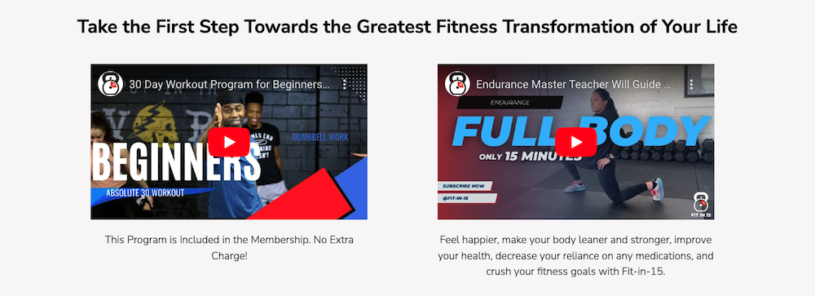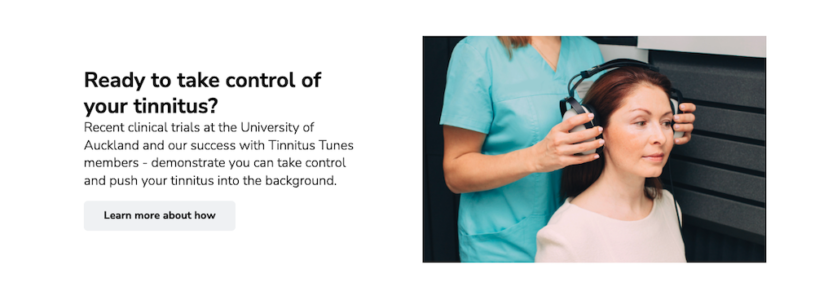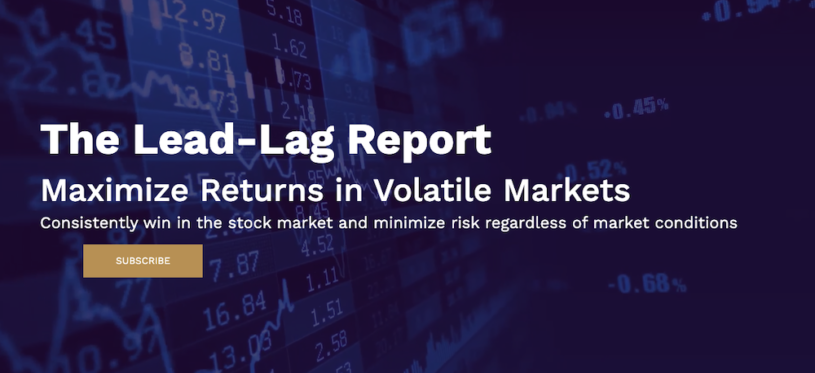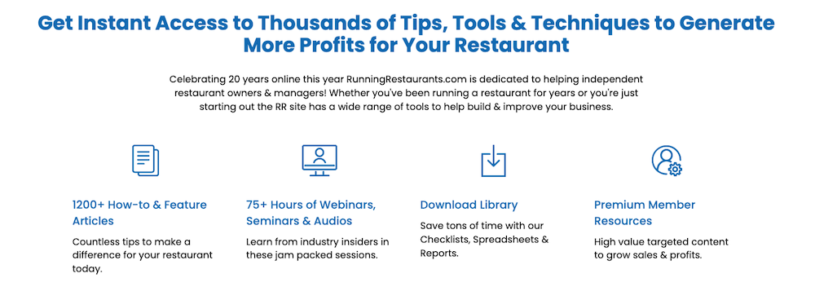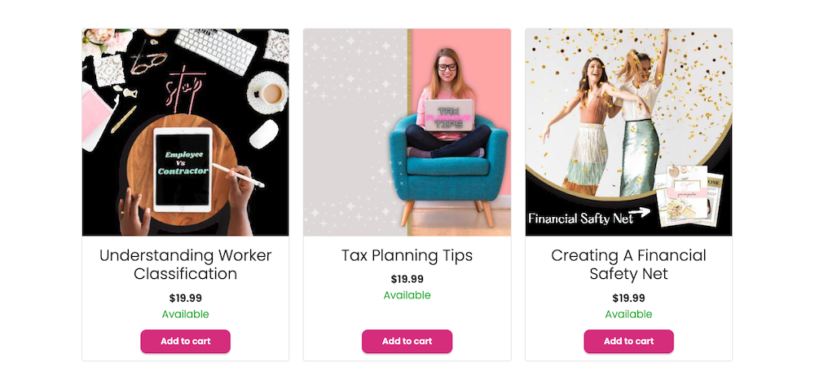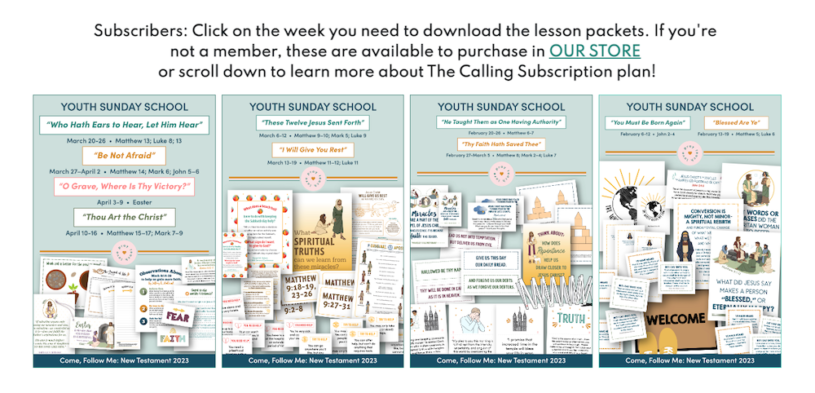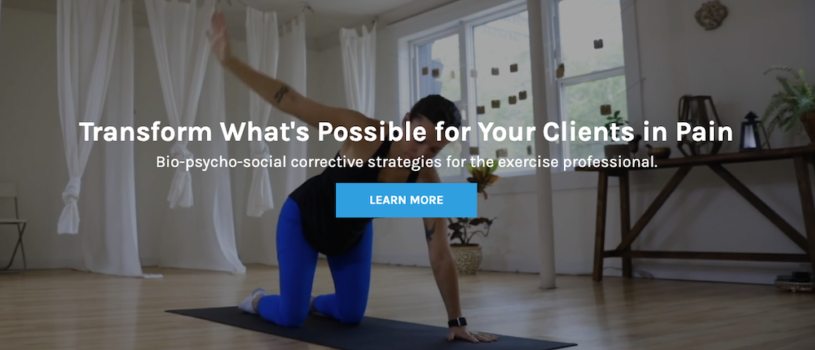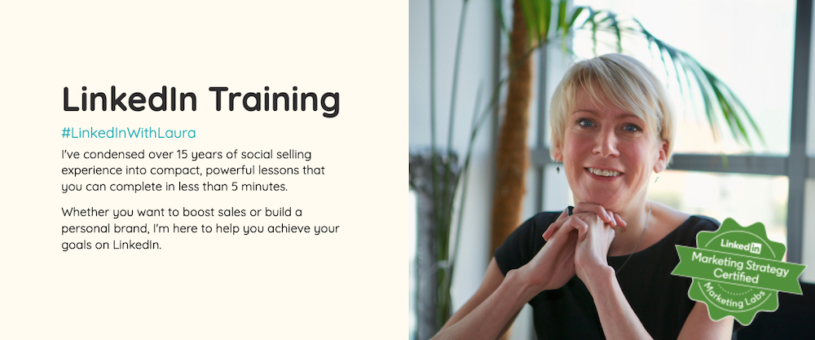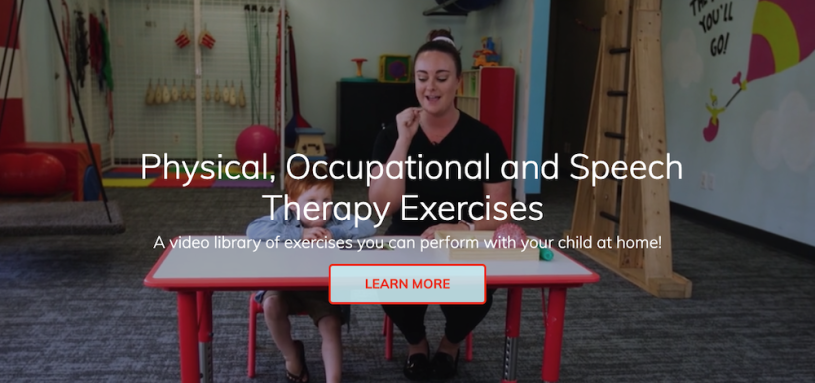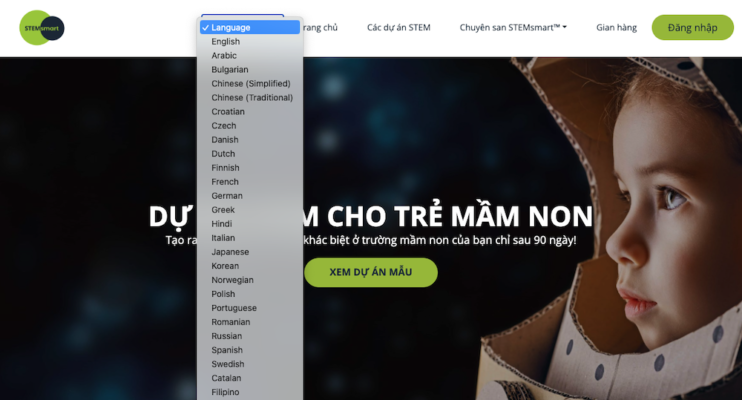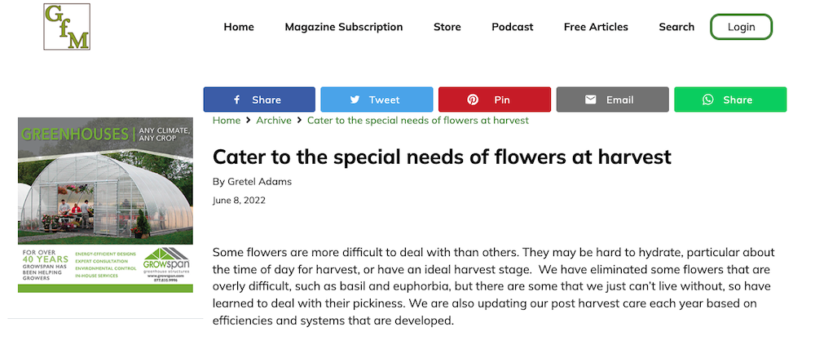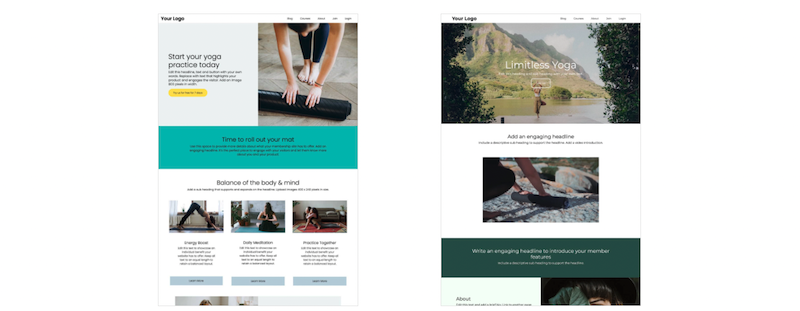
Last week one of our clients emailed me to ask how much the audience of her website was worth. She was annoyed and worried because a media agency buyer had just told her it was too small to be worth anything.
Karen runs an online magazine and blog targeted at long distance runners. She has a loyal and active audience of 10,000 unique visitors a month, who look at around 40,000 pages of content.
For a media buyer such numbers are small cookies compared to many of their normal traffic deals, but that does not make the audience worth nothing.
Far from it.
An audience is worth the revenues that it can generate.
Online publishers, advertisers and agencies have been brainwashed into thinking that audience size = audience value. This is a stupid and dangerous assumption.
It assumes that an audience is just a number and not a group of people who are trying to fulfill a need.
For example, if I had a website targeted at the CTO’s of the Fortune 500 companies and as a result of the research and reports I published on my site they purchased $250 million worth of IT equipment, is that audience worth nothing because it is only made up of 500 people?
It is value, not volume that is important.
It is the output of the site, not the inputs (uniques, page views, circulation), that determines what a site audience is worth.
I’ll take my client’s site as an example.
Karen’s audience of passionate runners has many needs, which can be fulfilled via her site and thereby generate a revenue stream. They spend significant money on:
- running shoes
- high performance clothing
- training equipment (running machines, cross trainers)
- gym membership
- electronic equipment (GPS, heart rate monitors, personal music players, etc)
- travel (flights, hotels, travel support)
- medical support (health, dieting, injury)
- training (courses, dvds, plans)
- books related to running
- community (meet-ups, joint training, mentoring)
- merchandise (site branded shirts, shorts, caps, etc)
Manufacturers and retailers who sell these products should be falling over themselves to reach an audience like this.
However the overhead for advertisers and agents to deal with dozens of small specialists websites directly is too high, so they are missing out on reaching their most valuable customers.
For niche website owners this should not been seen as a negative; indeed it should be seen as their greatest strength. They have a trusted relationship and therefore far greater influence over their audience’s decision making than any manufacturer or retailer can achieve through advertising and PR.
Website owners like Karen have to take control of their sites monetization by identifying the needs of their customers and then providing the best products and services to meet these needs. Without advertisers and sponsors to keep happy, they can be completely independent about what they recommend and offer.
So this is the advice I gave to Karen about how to monetize her site . . .
Set yourself a target amount of money that you want to make from each of your most loyal followers; say $100.
To start the process you need to use your web stats to identify your most loyal followers, which lets say is 20% of your audience.
Then list all the products and services that they need as per the list above.
Divide this list into the products and services that you can provide directly and those which you can offer via an affiliate partner.
The direct ones could include training guides, diet plans, dvd courses, branded merchandise and maybe some items of specialist clothing that you could have made.
For the indirect products and services you should identify affiliate partners through the major affiliate networks.
Based on the above figures your revenue goal is $200,000 a year derived by making $100 from 20% of your 10,000 readers, i.e. 2,000 x $100.
You should estimate what you need to sell to hit $100. For example you could plan to sell each of them $50 worth of direct products, merchandise and services and plan on earning $50 in commission from selling products and services from third party suppliers. If you earned an average of 15% commission from your affiliate partners (some will be more, some will be less) you would need to sell an additional $333 worth of goods to each customer. This is achievable if you look at offering training equipment, flights, accommodation, pro running shoes and clothing, etc.
This process may just seem like glorified advertising – identify what your clients want and then promote those things on your site for sale.
However it is far more powerful than advertising.
Advertising is not linked directly to results. The above scenario is 100% driven by results; you don’t get paid unless customers buy what you are promoting.
Which is more valuable? Putting ads on a site for a fixed fee but with no explicit revenue output, or a site prospering, based on being dependent on the income they are getting from the products they promote.
This is the way the web is going. Power will rest with those who can influence where, when and how money is spent. Already advertising and PR’s effectiveness is diminishing, as experts, bloggers and the social web take control.
Advertisers and agencies pay lip service to this change, but then continue to operate the same way they always have – CPM’s, PPC, click throughs, blah blah blah.
Hopefully you now understand that agencies and advertisers, rather than being the answer to your sites success, are a hindrance. A good niche website with a loyal audience can earn far more from being independent and free and providing what their audience really want.
Your challenge is to understand what it is your audience really wants and then find a way to provide it. This is risky because you only get paid on results, but surely that is the way it should be?
Summary
To monetize an audience you have to analyze and understand what that audience needs and then provide what they are looking for, either directly or via third party affiliate relationships.
If they trust you and your site they are more likely to buy from you than from anywhere else on the web. They are certainly more likely to be influenced by what you say than they are by banner ads and corporate PR.
If you follow this logic through, in the long run niche sites with active and passionate audiences will be the most powerful channels to market for products and services. Then advertisers and agencies will have to acknowledge which audiences are the most valuable!


